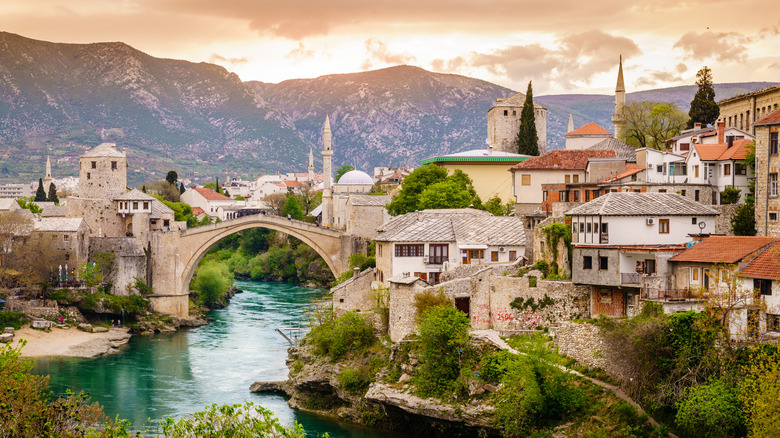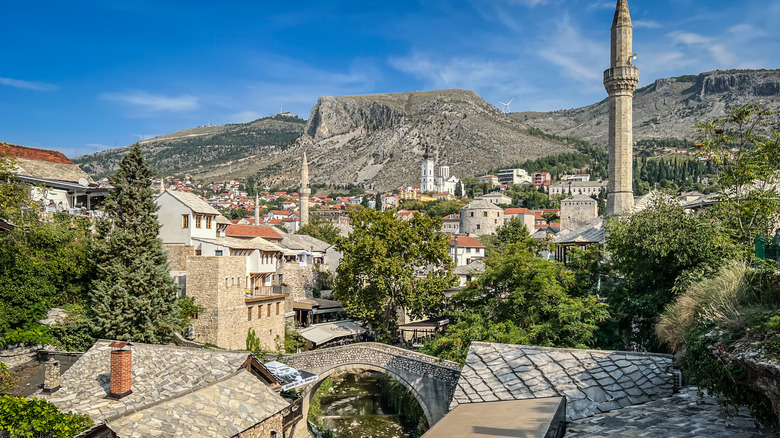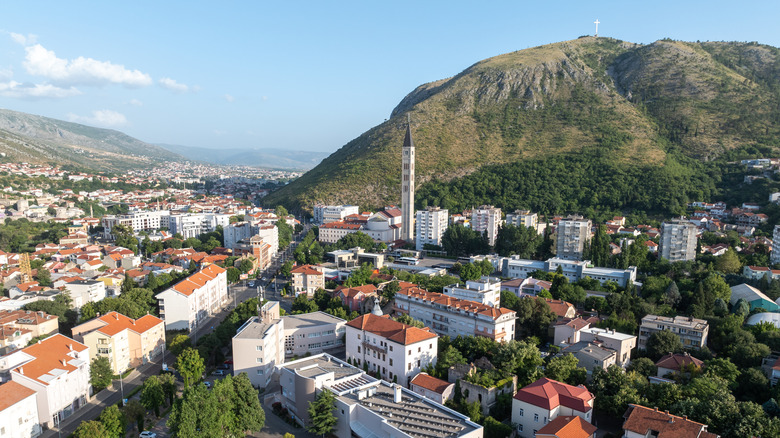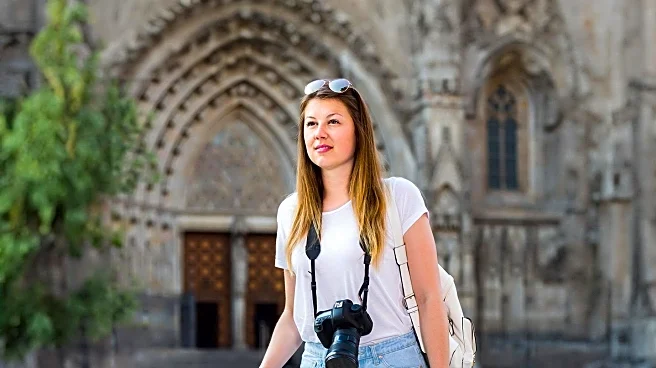
With plenty of tourists planning their Eurotrips around Italy, France, and Spain, many forget that there's more to the continent than the triad. Bosnia and Herzegovina, one of the cheapest European countries and an underrated mountainous gem, is dotted with unique cities and natural wonders that rival some of the world's most renowned landmarks. While you'll most likely surround yourself with dramatic lakes and mountains in Kotor, don't miss out on Mostar, one of the most enchanting towns in the country.
With the Neretva River dividing it into two, this destination boasts fairytale-esque architecture, characterized by ancient bridges, cobbled streets, and an old town that transports you to bygone days.
Mostar is one of those cities where the past and present coexist harmoniously. Its origins date back to the mid-15th century, with a reference to a Roman fortress existing in the area. The town experienced exponential growth when the Ottomans came into power, advancing its infrastructure and trade. This is when they built the Old Bridge, also known as Stari Most, an icon of the city. The Ottoman reign came to an end when Bosnia and Herzegovina was annexed to the Austro-Hungarian Empire. Soon, European influences took over — and after two world wars, years of reconstruction followed. Even after the clash between Serbians, Croatians, and Muslims in the 1990s, Mostar persisted and was rebuilt with resilience.
Flying into Bosnia, you'll most likely land in the capital at Sarajevo International Airport. If you're renting a car, you're in for a two-hour journey through the canyon to Mostar — you can also catch the train to the city and arrive within two hours and 20 minutes. Accommodation is abundant, too — you can book a weekend stay at the riverfront Villa Divani or Hotel Bristol. Villa Floris, Hotel Mostar, and Luxury Villa Nevena are top choices, too.
Read more: 11 Most Beautiful Universities In Europe
Mostar Offers A History Lesson Like No Other

A good starting point for understanding Mostar's past is the one and only Old Bridge. Although reconstructed after the 1990 conflict, the bridge still maintains its Ottoman and European design elements. This historic site is the location for a beloved cultural practice: diving into the Neretva River. During the summer months, locals and visitors alike satisfy their adrenaline rush by plunging roughly 79 feet into the water — be it head-first or feet-first — with a competition held every July. To learn about the significance of the Old Bridge, check out the artifacts at the namesake museum that's nearby. When you're done admiring the archaeological ruins and gallery exhibits, look out of the window for expansive vistas of Mostar.
Exploring the old town on foot is a must — the car-free district is dotted with cute cafes, stores, and artists that make it all the more charming. As you wander along the narrow streets, you'll come across another distinctive spot: the Crooked Bridge, or Kriva Cuprija. No one really knows who originally built the one-arch bridge, but what we do know is that it makes for a wonderful photo op. From there, walk toward Lučki Most, which faces the Old Bridge — this is the ideal place to watch people diving into the river.
Architecture enthusiasts will love seeing the Ottoman-era Koski Mehmed Pasha Mosque. The facade is noted for its towering minaret, which you can climb for bird's-eye views of Mostar — inside, the kaleidoscopic glass windows color the dome. The 16th-century Kajtaz House is worth visiting, too — this residence was once owned by a Turkish judge, with wooden accents and well-manicured gardens. As for souvenirs, purchase handmade goods and crafts from Kujundžiluk Bazaar, a market that goes all the way back to the 16th century.
From Historic Monuments To Scenic Points, Mostar Has It All

Mostar's Church of St. Peter and Paul is a striking contrast to the city's Ottoman architecture. Also rebuilt after the war in the early '90s, the Franciscan church features a soaring bell tower that's 351 feet high — the tallest of its kind in Southeast Europe. Symbolizing hope and rebirth, this site is often referred to as the "Bell Tower of Peace." Then, make your way to the other side of the river to pay respects at the Museum of War and Genocide Victims. Depicting the brutalities of the Bosnia-Herzegovina War in the 1990s, the museum offers a glimpse into the tragedies that people faced — read their personal statements, observe their items recovered from mass graves, and learn about their survival.
Some of Mostar's best panoramas are witnessed atop Fortica Hill. A great place to stretch your legs, this is where you'll find Fortica Sports and Adventure Park. Thrill-seekers can zipline across 1870 feet in the air, with gorgeous scenery unfolding below. Make sure to swing by Skywalk while you're there to walk over the glass-bottom overlook and gaze at the magical town. More incredible sights await at the 108-foot Millennium Cross on Hum Hill. This monument pays homage to the birth of Jesus Christ, with the Croatian coat of arms decorating the cross.
Your getaway to Mostar is only complete if you go on a speedboat cruise along the Neretva River. Since you probably saw all the vantage points of the Old Bridge from above, it only makes sense to glide under it, too, to truly soak in its grandeur. Bosnia is full of hidden gems, so the next time, plan to visit Jajce, a secret Balkan town with waterfalls and emerald pools considered one of Europe's most beautiful places.
Ready to discover more hidden gems and expert travel tips? Subscribe to our free newsletter for access to the world's best-kept travel secrets.
Read the original article on Islands.












